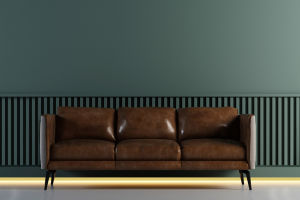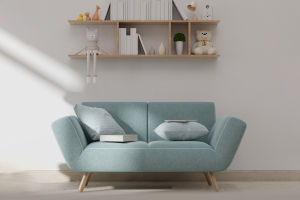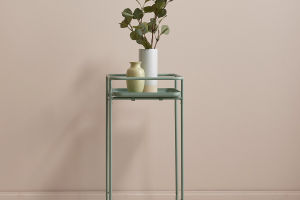Indoor bonsai cultivation is a timeless art form that requires meticulous attention to detail, patience, and a deep understanding of design principles.
While the beauty of bonsai lies in its natural simplicity, creating an indoor bonsai layout that captivates the eye and evokes a sense of tranquility requires careful planning and execution.
Let's explore essential skills and techniques for designing breathtaking indoor bonsai displays.
Understanding Space and Proportion:
Before diving into the design process, it's crucial to consider the available space and the proportions of your indoor environment. Whether you're working with a small apartment or a spacious living room, selecting bonsai trees that complement the scale of the space is essential. Avoid overcrowding by choosing bonsai varieties that allow for ample breathing room and visual balance.
Creating Focal Points:
Every indoor bonsai layout should have a focal point—a central element that draws the viewer's attention and anchors the composition. This could be a mature bonsai tree with striking foliage, an intricately designed bonsai pot, or a carefully placed accent feature such as a miniature figurine or stone lantern. Experiment with different focal points to discover which resonates best with the overall aesthetic of your indoor space.
Playing with Height and Depth:
Incorporating variations in height and depth adds visual interest and dimension to your indoor bonsai layout. Arrange bonsai trees of different heights to create a sense of hierarchy and perspective. Additionally, consider elevating certain bonsai specimens on display stands or platforms to accentuate their individual beauty and create dynamic visual layers within the composition.
Utilizing Negative Space:
Negative space, or empty space intentionally left unoccupied, is a fundamental aspect of bonsai design that highlights the beauty of the trees themselves. Embrace the concept of "less is more" by strategically incorporating negative space around your bonsai arrangements to allow the viewer's gaze to rest and appreciate the elegant simplicity of the trees without distraction.
Embracing Symmetry and Asymmetry:
Balance is key when designing indoor bonsai layouts, but it doesn't always have to be symmetrical. While symmetrical arrangements exude a sense of harmony and order, asymmetrical compositions can evoke a more natural and dynamic feel. Experiment with both symmetrical and asymmetrical layouts to find the perfect balance that resonates with your personal aesthetic preferences.
Considering Seasonal Changes:
Indoor bonsai layouts are not static; they evolve over time, reflecting the changing seasons and growth cycles of the trees. When designing your layout, consider how each bonsai specimen will appear throughout the year, taking into account seasonal variations in foliage, flowering, and color. Plan ahead to ensure that your indoor bonsai display remains visually captivating and harmonious year-round.
Creating Visual Flow:
A well-designed indoor bonsai layout should guide the viewer's eye seamlessly from one focal point to the next, creating a sense of visual flow and cohesion. Arrange bonsai trees and accent elements in such a way that leads the viewer on a journey of discovery, exploring the intricacies of each component while maintaining an overall sense of unity and balance.
Personalizing Your Design:
Ultimately, indoor bonsai layout design is a deeply personal endeavor that allows for creative expression and individuality. Don't be afraid to infuse your designs with personal touches and unique elements that reflect your personality, interests, and cultural background. Whether incorporating traditional Japanese aesthetics or adding a modern twist, let your creativity soar as you craft indoor bonsai displays that speak to your soul.
Mastering the art of indoor bonsai layout design requires a combination of technical skill, artistic intuition, and a deep appreciation for the beauty of nature. By understanding space and proportion, creating focal points, playing with height and depth, utilizing negative space, embracing symmetry and asymmetry, considering seasonal changes, creating visual flow, and personalizing your designs, you can create indoor bonsai displays that are truly works of art, bringing harmony and serenity to any indoor environment.


